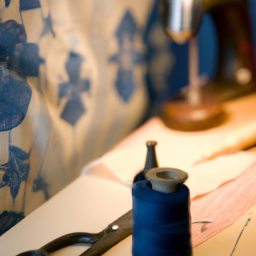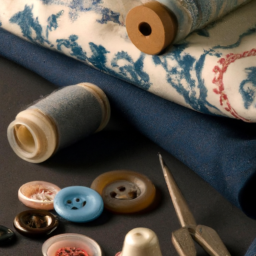
History of the Clothespin

In our daily lives, clothespins are often taken for granted – small, simple objects used to hang wet laundry on a clothesline. However, this unassuming tool has an intriguing history that spans centuries. Let’s explore the fascinating journey of the clothespin from its earliest origins to its modern-day significance.
Early Origins
The concept of pinning clothes for drying dates back to ancient times. Ancient Egyptians used wooden pegs to secure their fabrics onto lines, allowing their garments to dry under the sun’s warmth. This early iteration of the clothespin featured a basic lever mechanism, which remains the fundamental design element in modern clothespins.
The Clothespin’s Evolution
Throughout the centuries, the clothespin design underwent various modifications to improve usability and durability. European clothespins emerged in the 1700s, crafted from Lindenwood and featuring a two-pronged design held together by a metal spring. As industrialization progressed, the production of clothespins became more mechanized, utilizing materials like wire and iron.
American Inventions
American ingenuity played a significant role in advancing clothespin technology during the 19th and 20th centuries. In 1853, David M. Smith patented a double-spring wooden clothespin. This invention revolutionized the industry by increasing the pin’s clamping force and preventing garments from blowing away in windy conditions. Subsequent designs introduced coated tips to protect clothes from unnecessary damage.
Materials and Variations
Today’s clothespins are primarily made from wood, plastic, or metal. Wood is still favored for its environmentally friendly nature and aesthetic appeal. Plastic clothespins, on the other hand, provide extensive color options and resistance to outdoor elements. Metal clothespins, commonly made of stainless steel or aluminum, offer durability and strength.
Moreover, clothespins come in a variety of shapes and sizes. Traditional wooden clothespins feature a simple one-piece design, whereas modern plastic versions often have hinged or clamping mechanisms to secure garments firmly.
Modern Applications
While clothes dryers have become common in many households, clothespins remain indispensable for outdoor drying, which is environmentally friendly and often less abrasive on fabrics. They are not only used for hanging clothes but also for various crafts, home organization, and educational purposes. Clothespins have evolved into versatile tools rather than being solely associated with laundry.
Next time you grip a clothespin, pause for a moment to appreciate its humble beginnings and the journey it has undertaken to become a household staple. Remember the ancient Egyptians, the innovation of American inventors, and the myriad of uses that have made it a cherished tool in households worldwide.





Fascinating!
Franziska Krauss: Amazing invention
This is such an interesting topic! Who would have thought something so simple as a clothespin could have such an extensive history!
Definitely worth exploring – this could shed light on some important aspects of our everyday life!